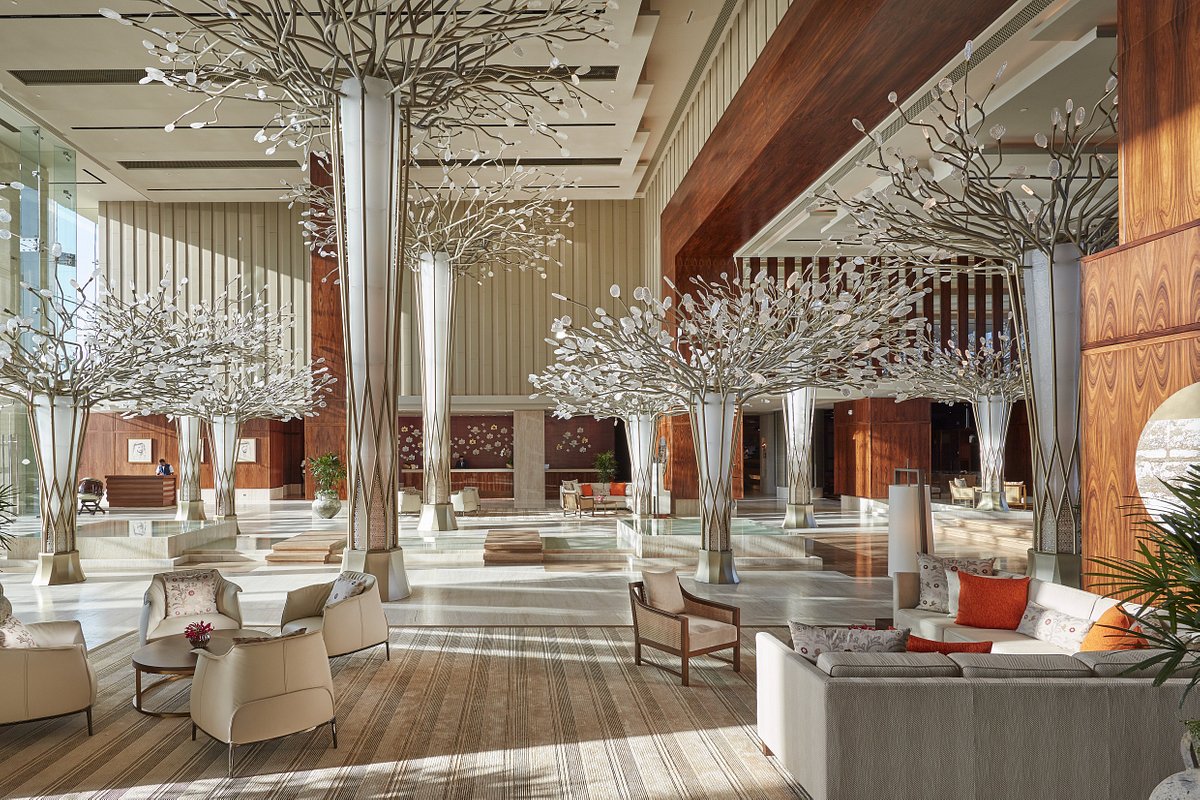The Case for a Sales and Marketing Evolution in Hospitality

Skift Take

On Experience
Colin Nagy is a marketing strategist and writes on customer-centric experiences and innovation across the luxury sector, hotels, aviation, and beyond. You can read all of his writing here.Sales and marketing has been a long established role in the core teams of hotels around the world. There's a lot to it, but the role generally entails driving demand for a property, liaising with trade partners, and strategically positioning the hotel in the market and with press.
But at the higher end of luxury, consumer expectations are stretching the potential scope of the role in new ways. It's not enough to have a tight narrative and show up in the right magazines. Sales and marketing also has a role in something deeper: creating the intangible pulse of a property, going beyond a well-appointed place to sleep and dine, into something that has a cultural role in the community, and also educates, inspires, and deepens love and loyalty.
Indeed, the best sales and marketing practitioners now are equal parts business driver and cultural navigator, partnerships curator, as well as community diplomat. When performed well, the role today taps more of an editor-in-chief energy than just PR, rates, numbers, and spreadsheets. And though these new mandatories for luxury consumers are not codified and not always clearly understood (relative to hard numbers), they can drive significant business impact for a property. Sometimes the feel

